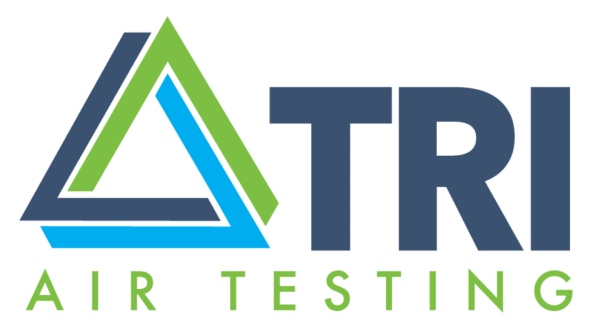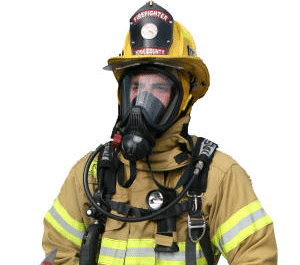Moisture in the air is not in and of itself dangerous to breathe (so long as it isn’t condensed to liquid water), but it can be dangerous to the health of SCBA and SCUBA equipment users if that moisture interferes with the operation of that breathing air equipment. Excessive moisture is one of the causes of test sample failures in breathing air equipment and can impair your business’s or department’s ability to meet relevant SCBA, SCUBA and OSHA-related standards.
In cold weather, for example, moist air can enter and condense in an SCBA regulator. The regulator can freeze in a fixed position and cause disruption of the air supply. Moisture can also promote or accelerate the formation of corrosion and possibly the growth of mold or bacteria inside a breathing air or cascade system.
 No matter where in the world the breathing air equipment is being used, and no matter if it is used for fire safety, industrial operations, recreational/commercial diving, or the multitude of other self-contained breathing air apparatus applications, moisture must be managed. The equipment must be properly maintained.
No matter where in the world the breathing air equipment is being used, and no matter if it is used for fire safety, industrial operations, recreational/commercial diving, or the multitude of other self-contained breathing air apparatus applications, moisture must be managed. The equipment must be properly maintained.
Air testing/sampling is an important safety and maintenance measure.
COMPRESSORS & SAMPLING
All ambient air contains some level of moisture. A compressor draws in air and compresses the air to a much smaller volume. During this compression process liquid water condenses from the air and is removed. The remaining air is always at 100% relative humidity.
Typically there is a condensate collection and purge system on the compressor system to remove this liquid water. In order to remove the remaining moisture, high-pressure systems (2200 to 4500 psi that are used with SCBA and SCUBA tanks) require desiccant filtration such as a molecular sieve dryer. This is usually a canister that air passes through after leaving the compressor but before it gets to the breathing apparatus cylinder or a cascade air storage system.
When the desiccant filtration system can no longer absorb moisture, the moisture ends up passing through to your SCBA or cascade system. A properly operating desiccant system should produce air much drier than -65°F, which is the Compressed Gas Association (CGA ) Grade L and NFPA 1989 specification requirement. If the moisture content is in the -60°F to -70°F range, then the desiccant is already in need of changing. This means that if you barely pass your moisture test today, tomorrow you may fail. Once a desiccant system reaches its limit the desiccant material is no longer able to absorb moisture and needs to be changed.
Some suggestions about what to do after you perform maintenance on your system include the following. (These suggestions are not to be used in place of your compressor system maintenance manual but are offered as general supplementary suggestions based on our experience.)
1. If you are testing your compressor system at a point before the air enters the cascade and the air fails to meet the specification, you should first perform maintenance on the system to correct the problem and then test the air coming out of the cascade. If the air in the cascade fails to meet the specification the moisture must be purged from the cascade and the system retested.
2. Make sure all condensed-water purge systems are working. If the condensate collection and purge system is not functioning properly, liquid water can build up and move down through the piping and holding tanks. If this happens it will require removing the water, if possible, from all locations where trapped and then running the compressor and exhausting to the atmosphere to evaporate the water. This may take some time to be effective.



